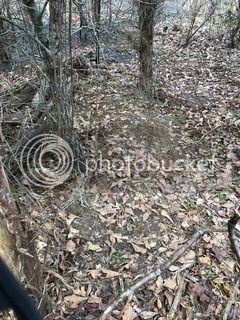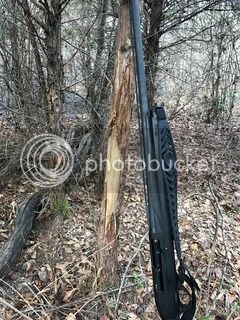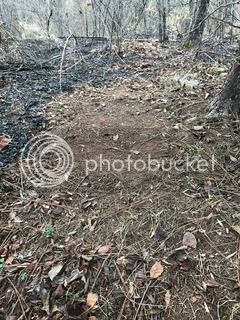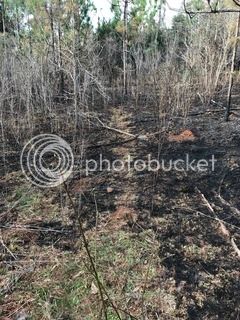Double Tap
Yearling... With promise
I'm curious about creating specific bedding areas, what trees do you plant?
From what I've observed, bedding areas are only good for several years until the trees grow and mature, leaving a barren under story.
My favorite bedding areas are 10-15ft tall pines with switchgrass growing between them (plantation cut spacing). Below are some buck beds found in such an area.

See the banana shaped bed behind the trees?

Bed-side rub (old but still being used)


(Left) another buck bed located on the edge of the planted pines. (Right) is a bucks trail leaving his bed. The burn made trails and beds easy to locate...
So what do y'all prefer to plant for bedding areas and how do your deer like it?
From what I've observed, bedding areas are only good for several years until the trees grow and mature, leaving a barren under story.
My favorite bedding areas are 10-15ft tall pines with switchgrass growing between them (plantation cut spacing). Below are some buck beds found in such an area.

See the banana shaped bed behind the trees?

Bed-side rub (old but still being used)


(Left) another buck bed located on the edge of the planted pines. (Right) is a bucks trail leaving his bed. The burn made trails and beds easy to locate...
So what do y'all prefer to plant for bedding areas and how do your deer like it?